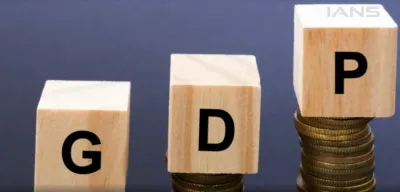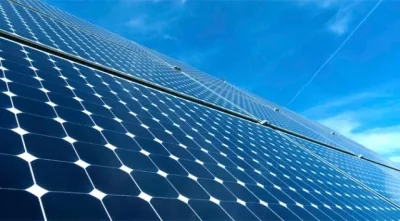Is Q2 GDP Projected to Reach 7.5% Due to Festive Demand? : SBI Research

Synopsis
Key Takeaways
- Projected GDP growth of 7.5% for Q2 FY26.
- 83% of economic indicators show improvement.
- GST rationalization boosts compliance and demand.
- Significant rise in consumer spending across various categories.
- Vehicle sales indicate strong market growth.
New Delhi, Nov 18 (NationPress) The economic growth of India is anticipated to be robust in the second quarter, with an estimated GDP nearing 7.5 percent, according to a recent report published on Tuesday.
The findings from SBI Research indicate that the economy is gaining momentum from heightened investment activities, improved rural consumption, and sustained growth in both services and manufacturing sectors.
Supportive structural reforms like GST rationalization have not only enhanced compliance but also stimulated demand during the festive season.
SBI Research has observed that a larger number of economic indicators are now reflecting positive trends. Among 50 key indicators monitored across agriculture, industry, services, and consumption, 83 percent demonstrated improvement in Q2, up from 70 percent in Q1.
The report utilizes a predictive model, estimating real GDP growth between 7.5–8 percent for Q2 FY26, with GVA growth around 8 percent.
Furthermore, it suggests that the overall growth momentum is set to remain robust in the upcoming quarters.
The festive months of September and October 2025 have significantly contributed to the surge in demand. Reduced GST rates and vibrant e-commerce activity have energized consumer spending.
Data from credit and debit card transactions indicated remarkable growth across categories such as automobiles, groceries, electronics, home furnishings, and travel.
Mid-tier cities experienced the highest increase in spending, while metropolitan areas led the surge in debit card usage on e-commerce platforms.
The report highlights that grocery and supermarket items constituted the majority of debit card transactions.
It also revealed that GST rationalization has made most major consumption categories highly elastic, meaning that consumers have responded positively to lower tax rates.
Only textiles exhibited low elasticity. SBI Research estimates that the average Indian consumer could now save approximately 7 percent per month on their consumption, with potential for further savings as more data becomes available.
Vehicle sales across the nation also reflect strong bottom-up growth, with all regions witnessing double-digit growth in car sales, approximately 19 percent, led by rural areas.
About 39 percent of cars sold were priced above Rs 10 lakh, while urban areas showed increasing demand for premium models priced above Rs 20 lakh.









